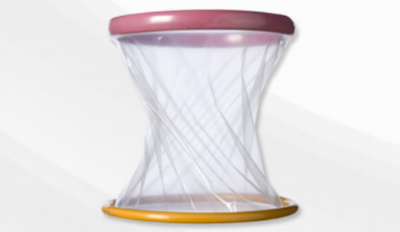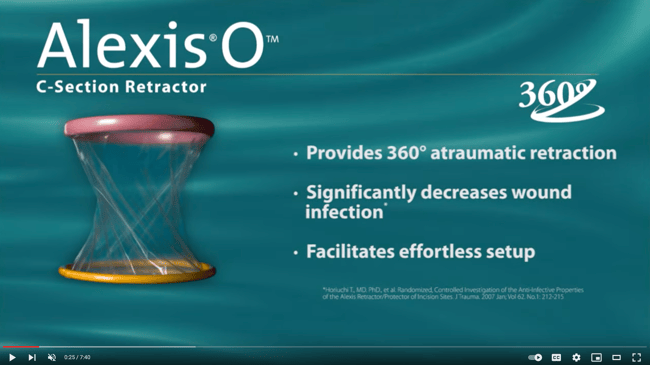In December 2021, RQM+ acquired AcKnowledge Regulatory Strategies (AcKnowledge RS), a San Diego-based firm specializing in regulatory affairs consulting for the medical device and IVD industry. The integration of this impressive team enhances the extensive RQM+ network of current and former FDA reviewers, scientists, engineers and regulatory and quality experts, and adds additional expertise with FDA submissions. The author of this post is a member of this team, which has done significant work with novel and/or high-risk devices focusing on pre-submissions, 510(k)s, IDEs, PMAs, De Novos, Breakthrough Designation Requests and Safer Technology Program Requests.
When operating in the abdomen via direct incision (as opposed to laparoscopically), it can be a challenge to get adequate and clear access to the area being worked on. For C-sections in particular, the challenges of getting direct and clear access to the uterus are several.
Some physicians prefer to move the uterus outside the incision to work on it exteriorly to ensure accessibility. Babies are often born this way, and the uterus is then sutured and returned into the abdominal cavity. This presents it's own challenges, such as nausea and vomiting in the patient.
For physicians who may want some additional help with in situ (within the abdominal cavity) repair—or even because they want to avoid extra-abdominal uterine work—the Alexis C-section Retractor may be a useful tool.

Photo from appliedmedical.com.
Approved by FDA in 2006, the Alexis C-Section Retractor is a disposable, single-use medical device that helps facilitate in situ uterine procedures—specifically C-sections—by allowing the uterus to remain in the body and providing clear access to it by aiding in retraction. It comes in two sizes to accommodate different anatomies and incisions. One ring is inserted into the incision and placed around the uterus. The external ring is then rolled down to increase tension, retract the wound, and open up the area for surgical access.
This video illustrates it well (it does show a full C-section birth, so fair warning):
 Click to watch video. (WARNING: This video may be inappropriate for some users.)
Click to watch video. (WARNING: This video may be inappropriate for some users.)
If you prefer a brief animated understanding, this video does not feature the Alexis retractor, but it gives a decent idea of how it's inserted:
It's worth noting that there are conflicting opinions about whether it is best to operate on the uterus in situ or extra-abdonminally (exteriorly). To that end, a 2008 NCBI randomized controlled trial determined that "there is no significant difference between extra-abdominal and intra-abdominal repair of the uterine incision at cesarean delivery, but the number of sutures is lower and surgical time is shorter with extra-abdominal repair, although moderate and severe pain at 6 hours is less frequent with in situ uterine repair".
Ultimately, the Alexis Retractor is a device that provides options. I imagine some surgeons will have their procedures comfortably down pat and don't feel they need an extra set of (proverbial) hands, while some will embrace the opportunity for the extra help.
Further reading:
- Alexis wound retractor 510(k) summary
- NCBI evaluation of the Alexis Retractor (An interesting read.)


